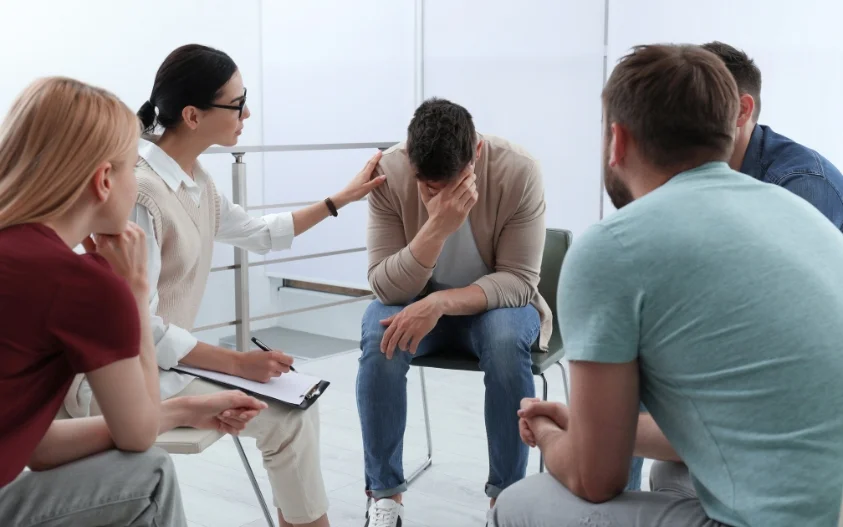24/7 Helpline:
(866) 899-221924/7 Helpline:
(866) 899-2219
Learn more about Codeine Rehab centers in Peru

Other Insurance Options

UnitedHealth Group

Excellus

Cigna

Ceridian

MHNNet Behavioral Health

Optum

Absolute Total Care

Multiplan

Evernorth

Health Choice

Kaiser Permanente

Self-pay options

Health Partners

Amerigroup

Optima

ComPsych

CareSource

WellCare Health Plans

Premera
Beacon









